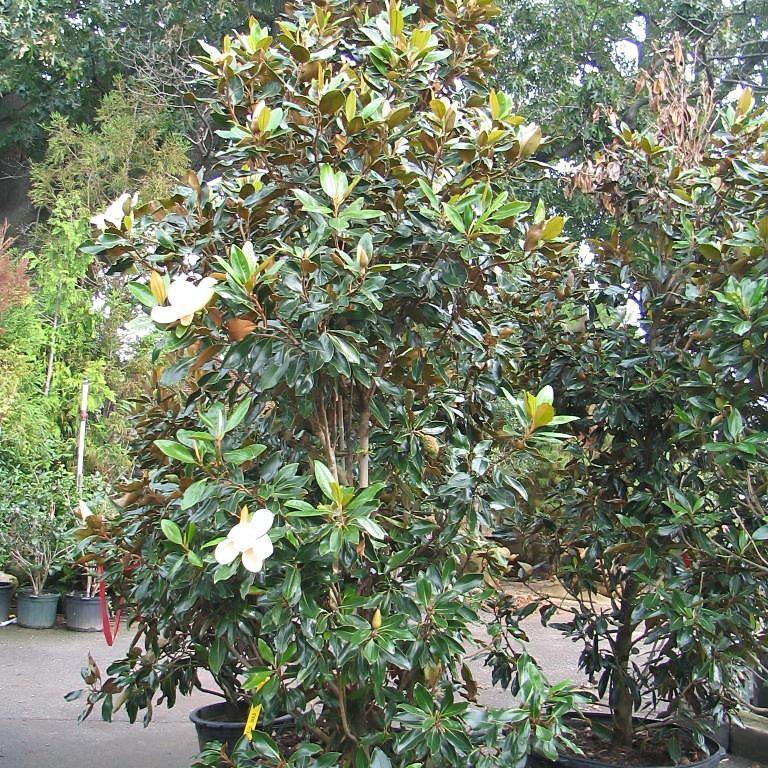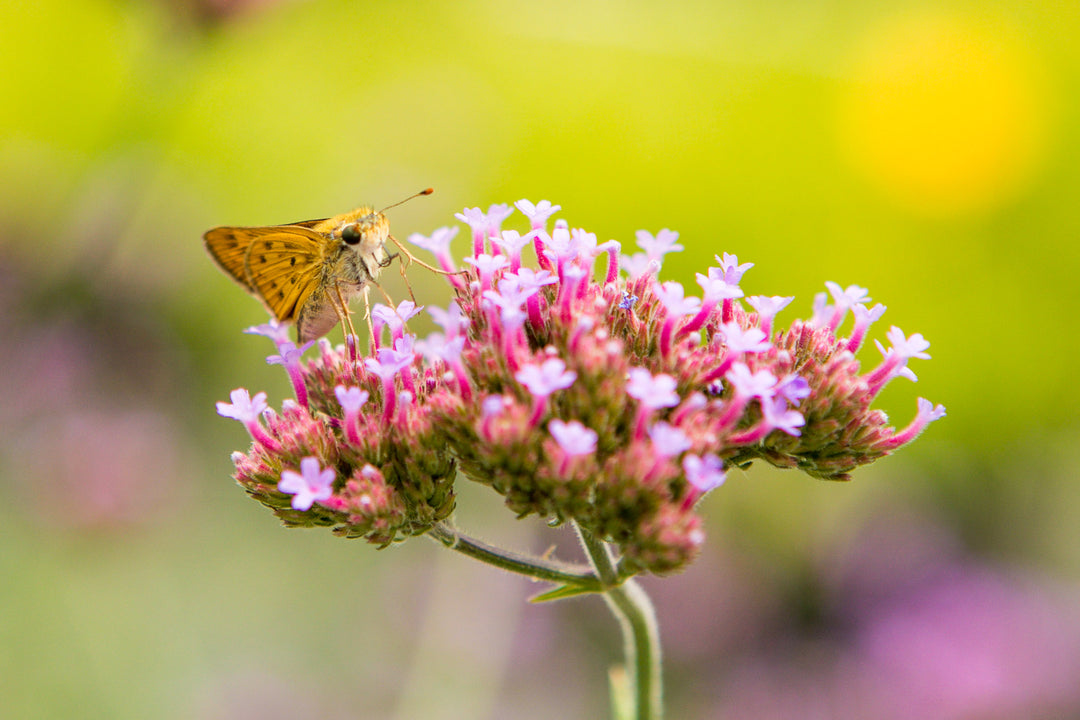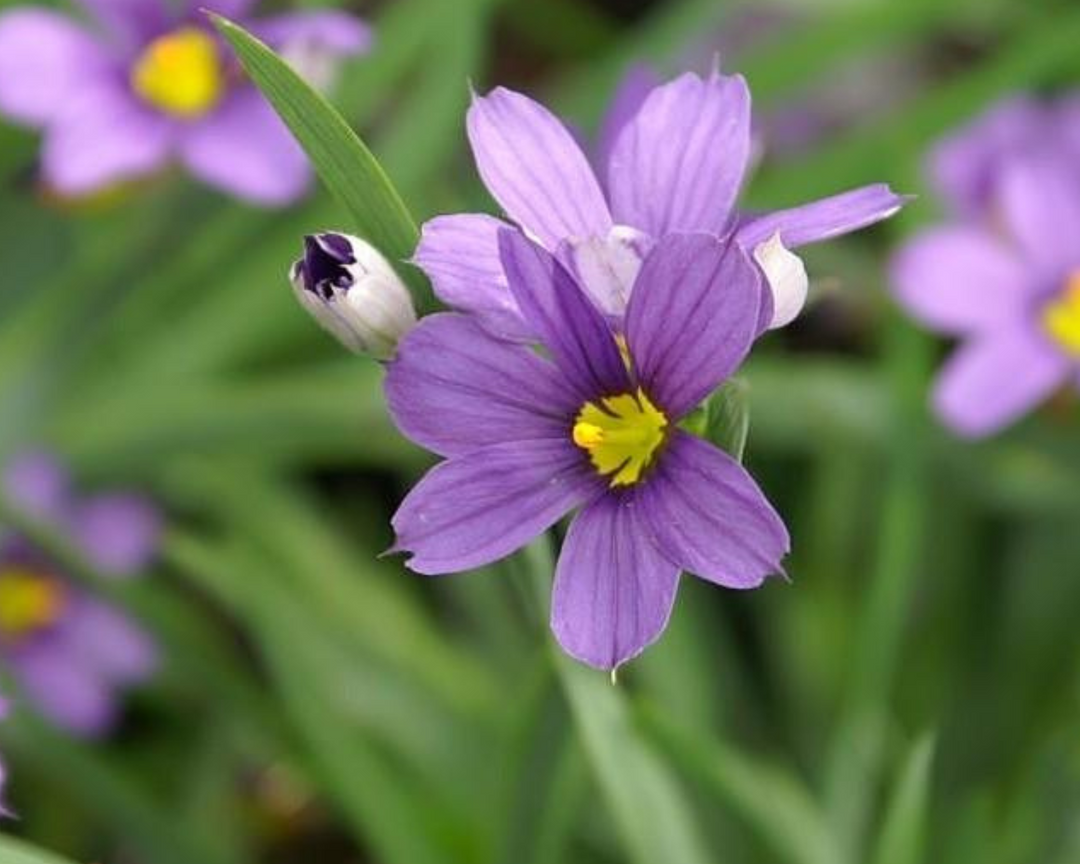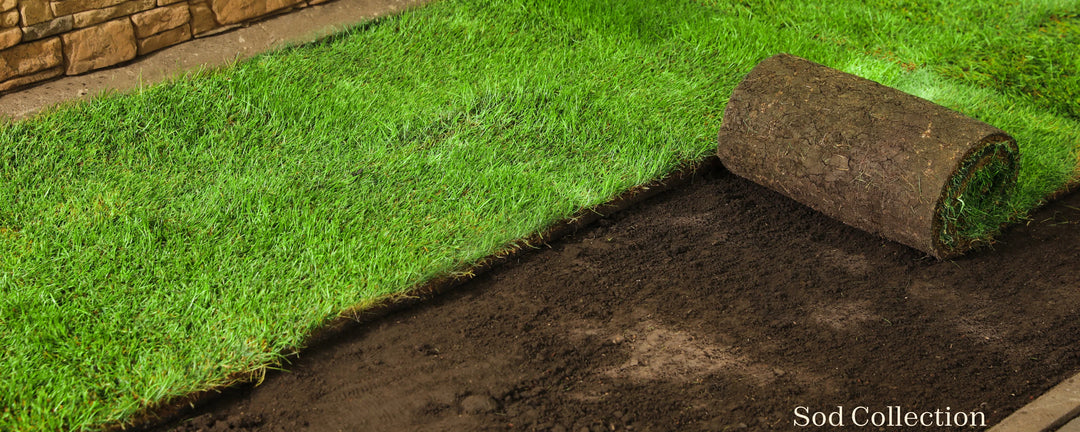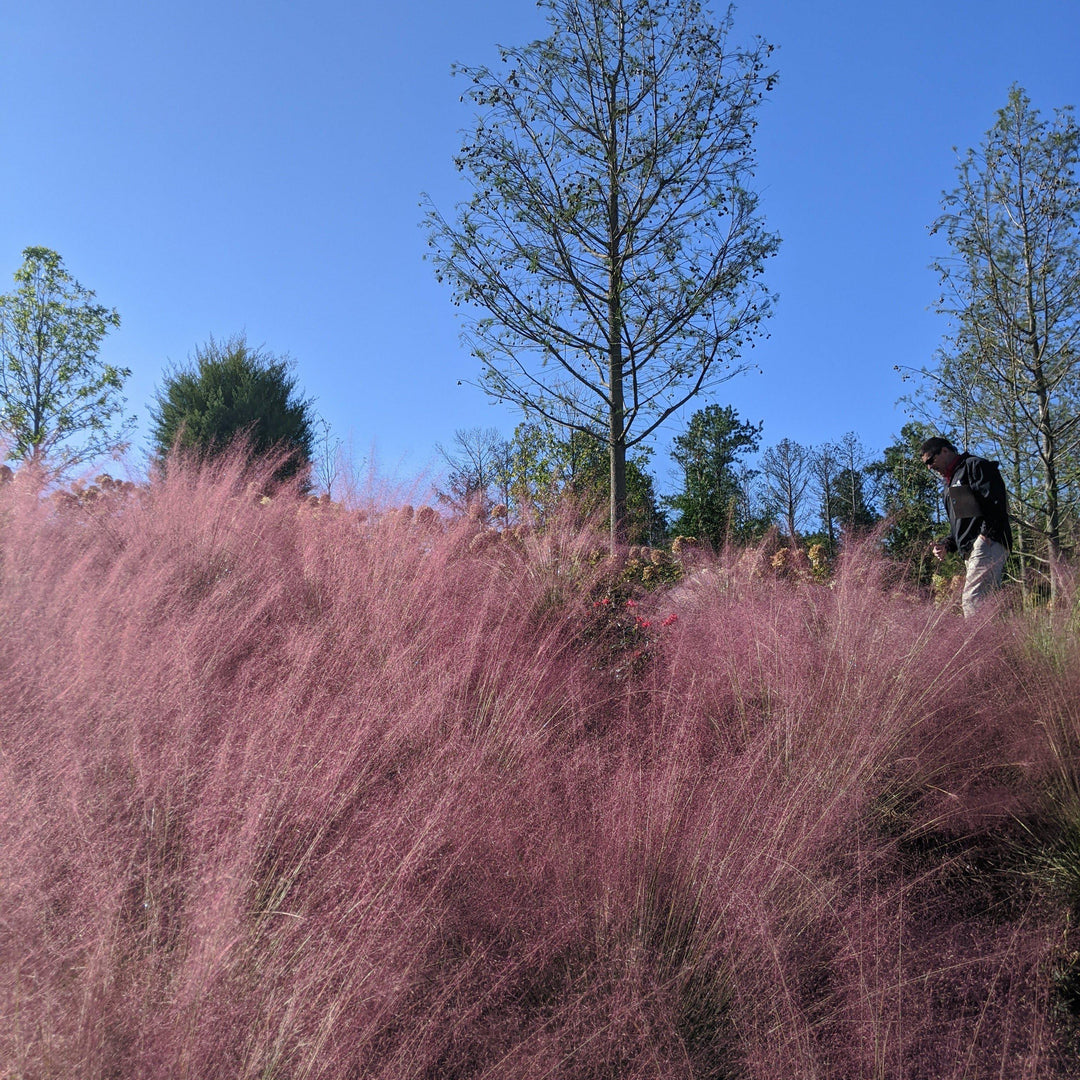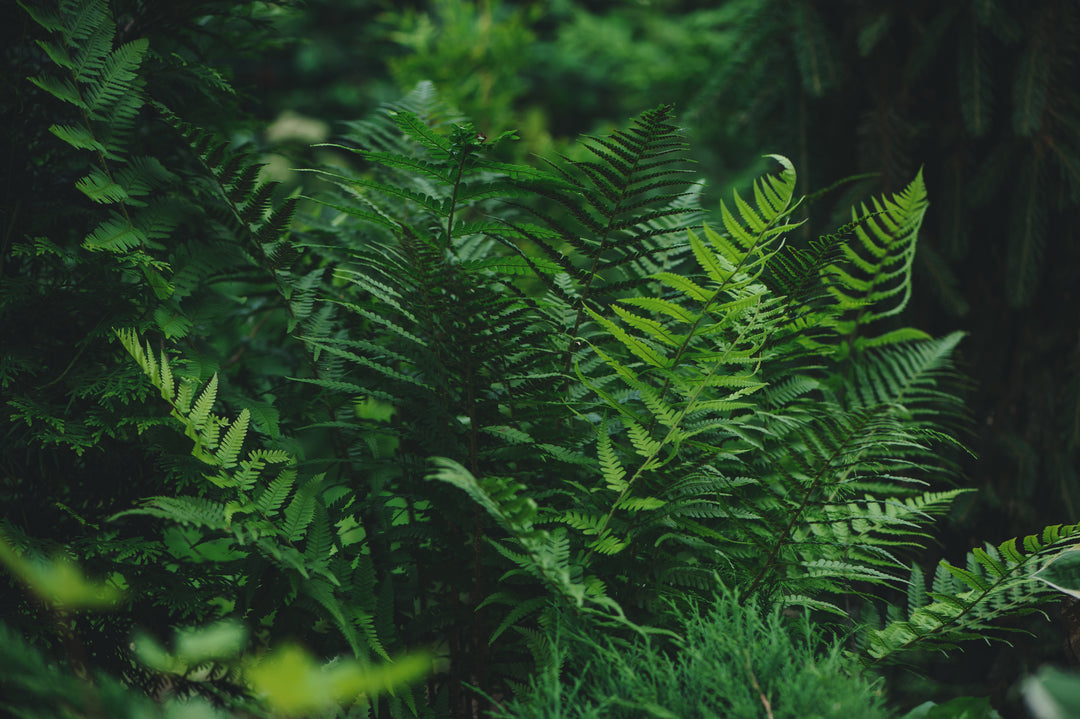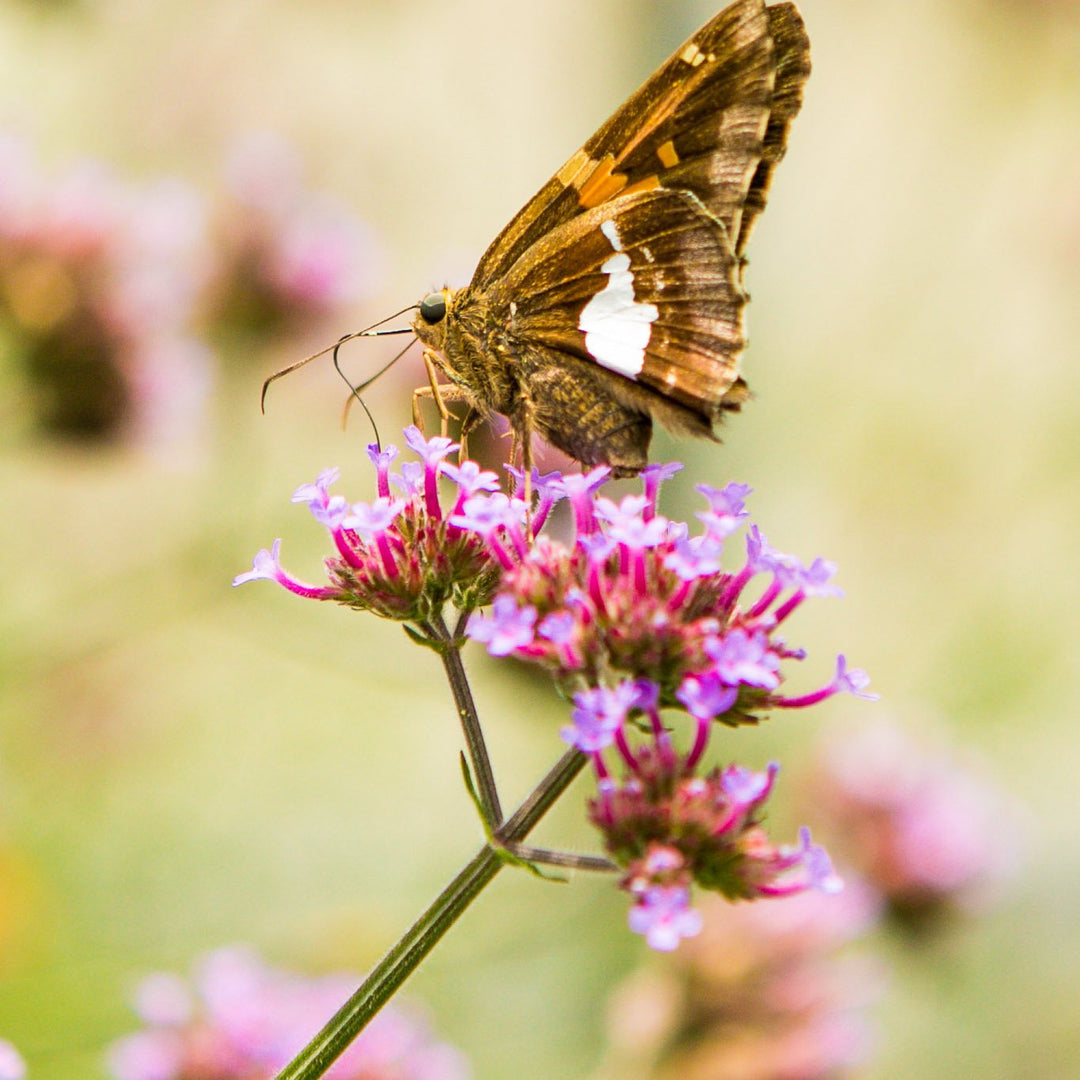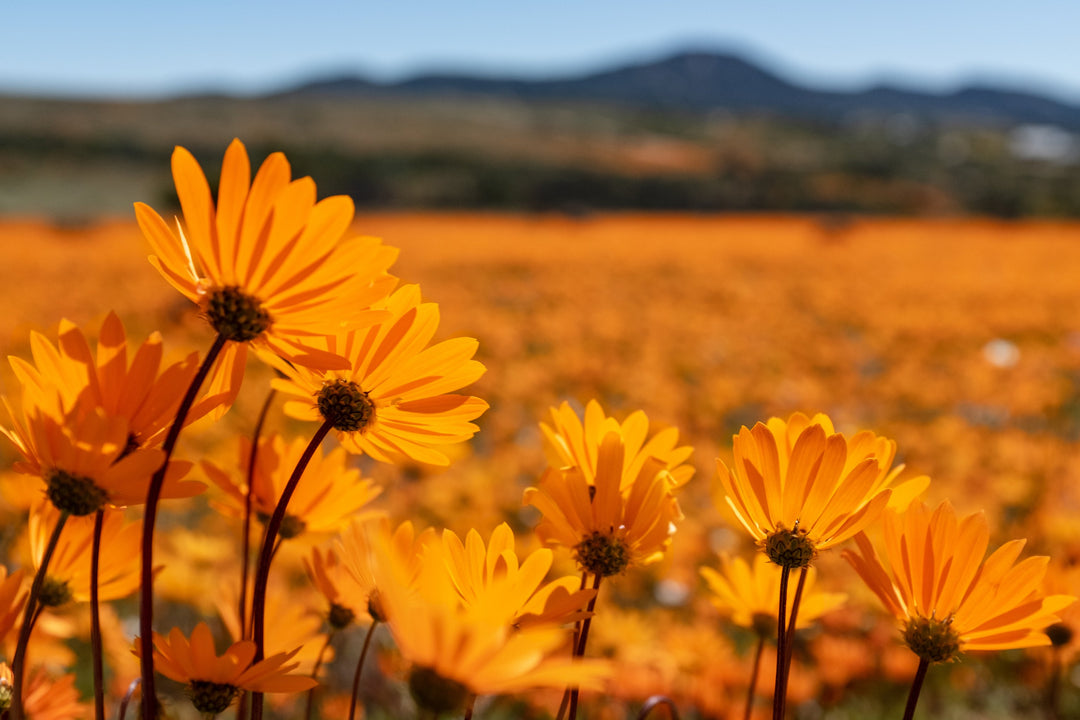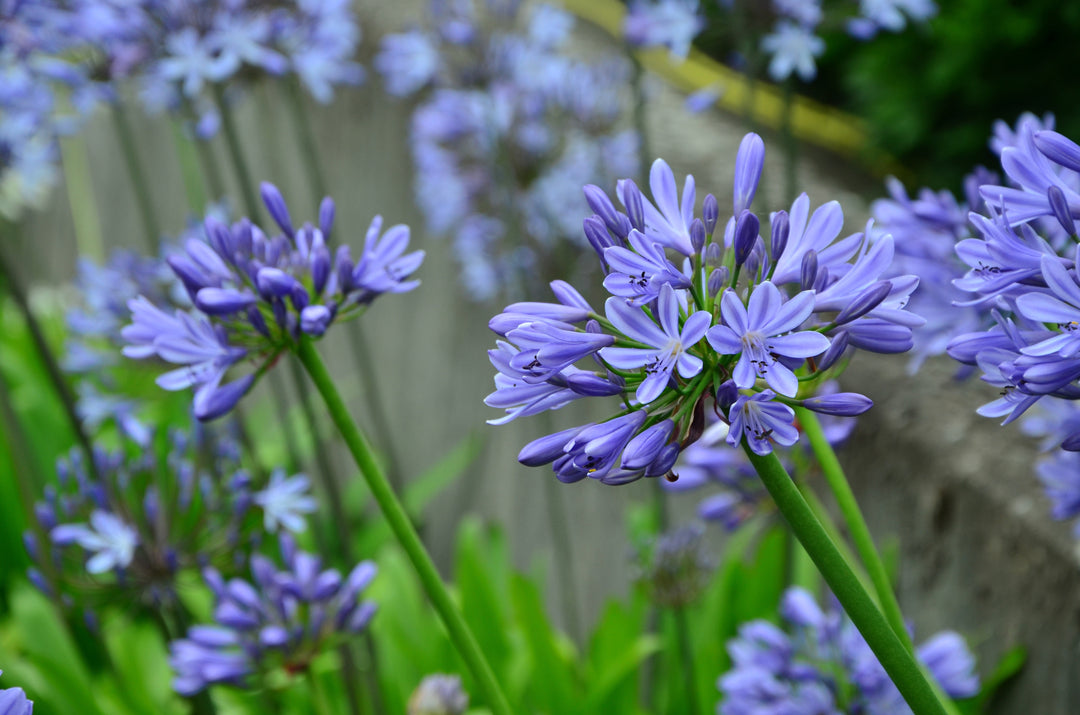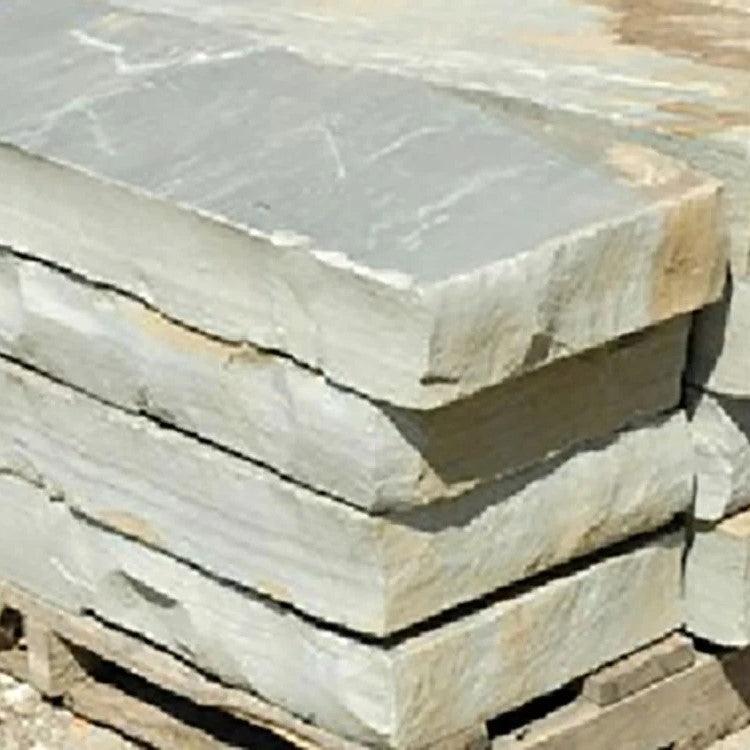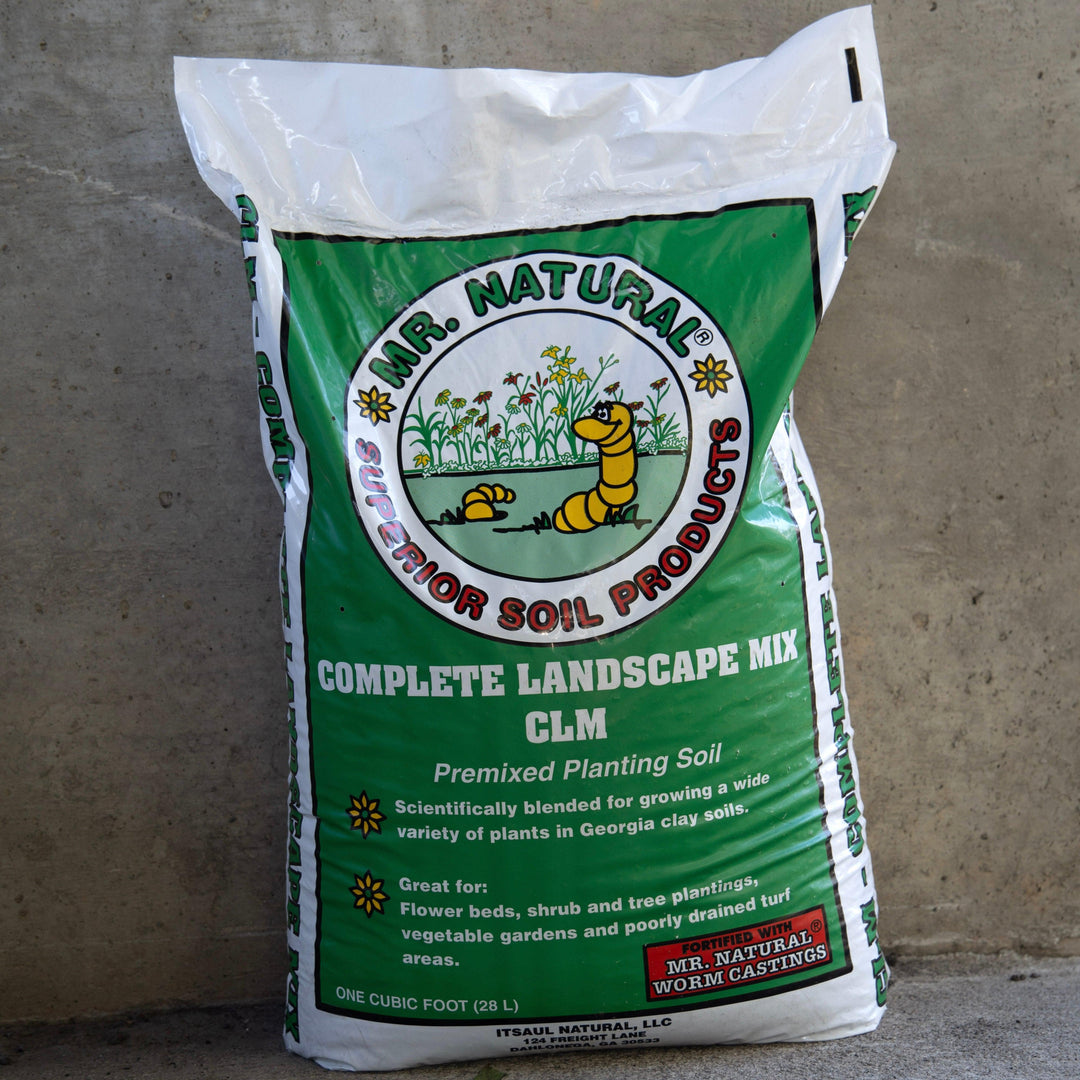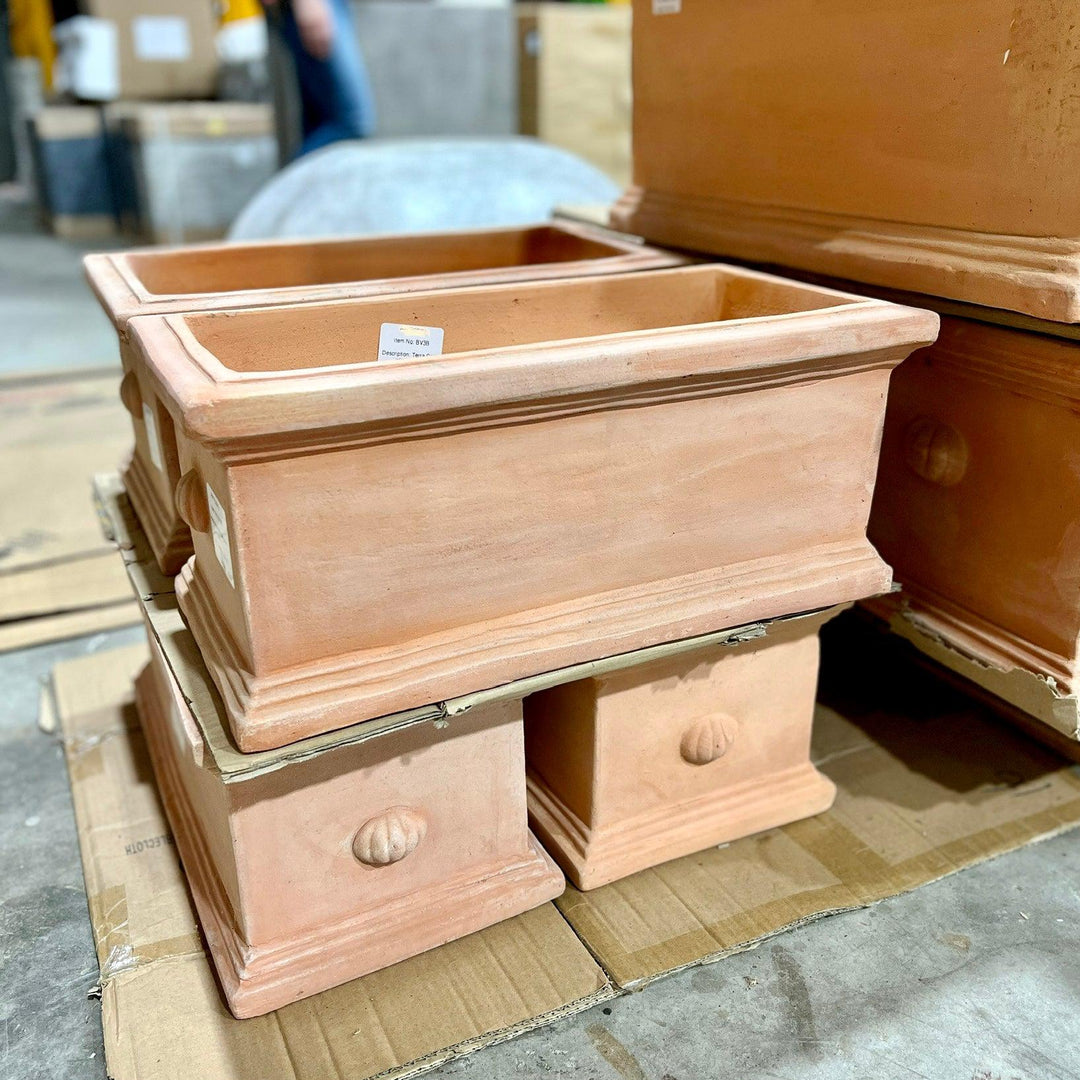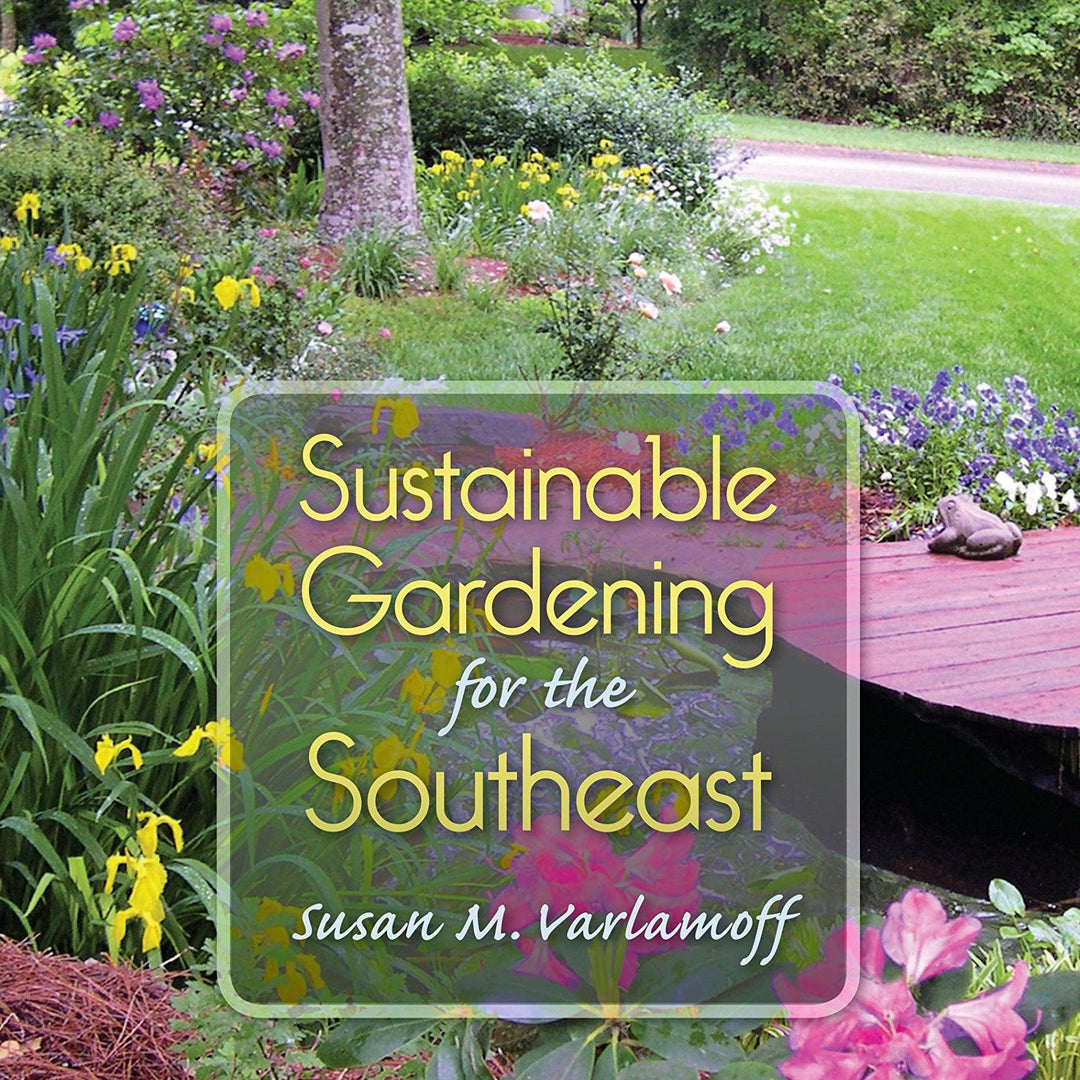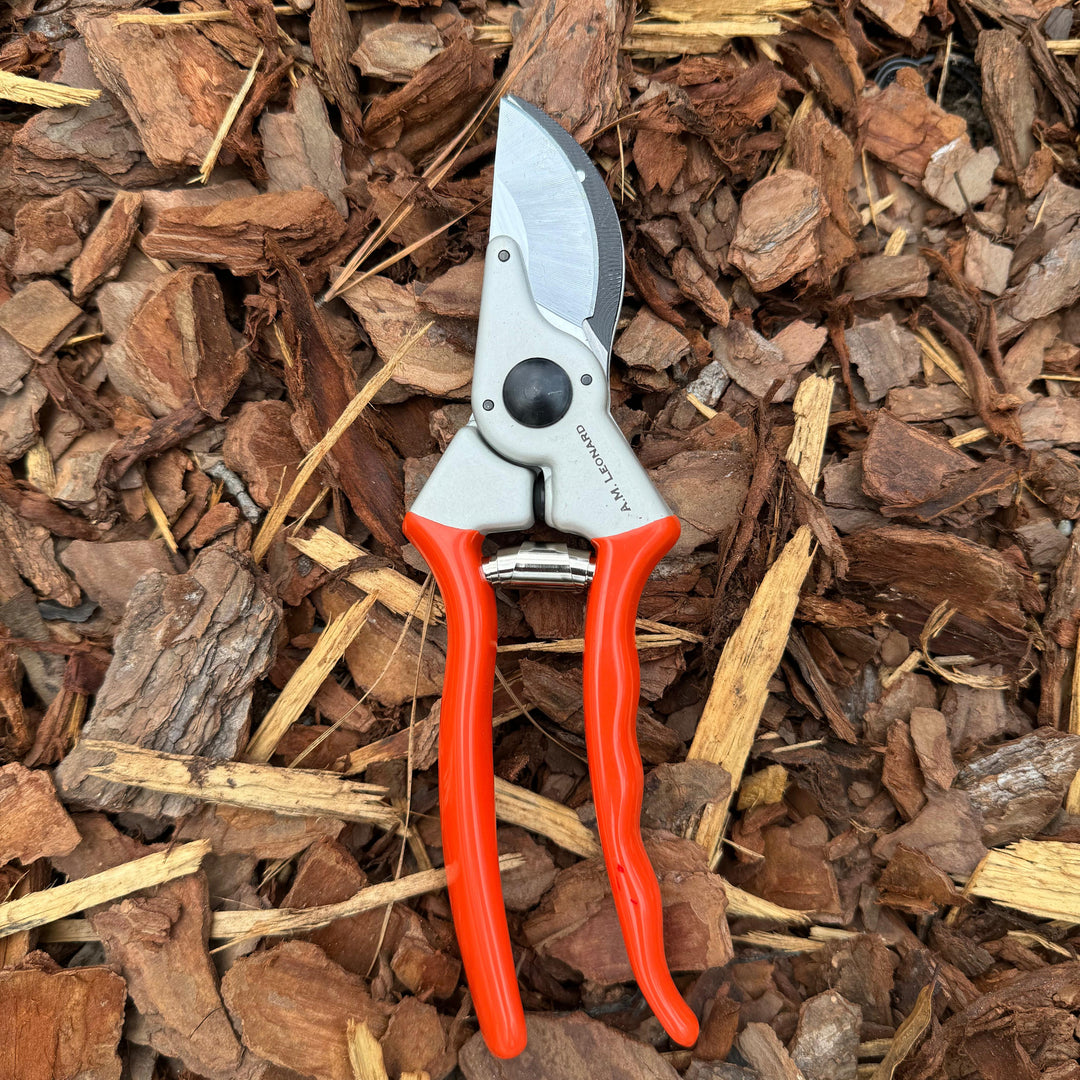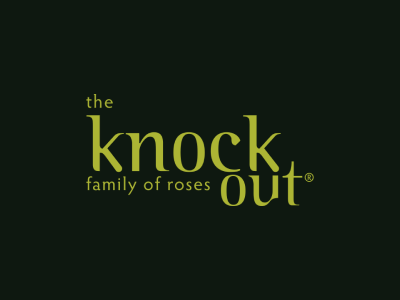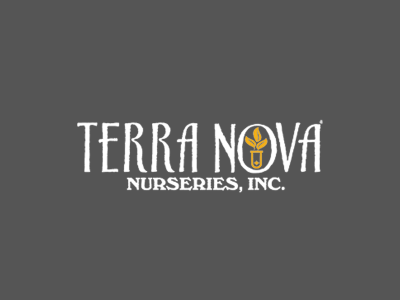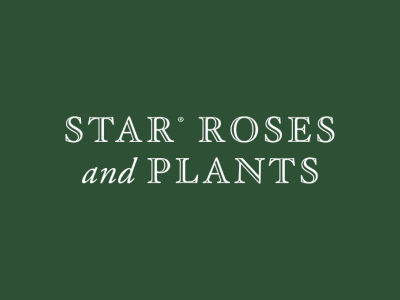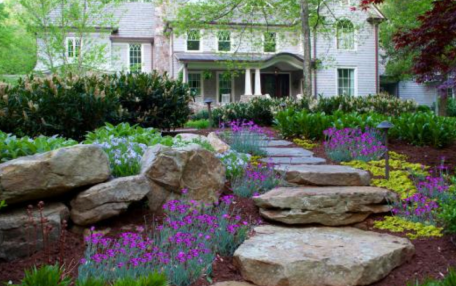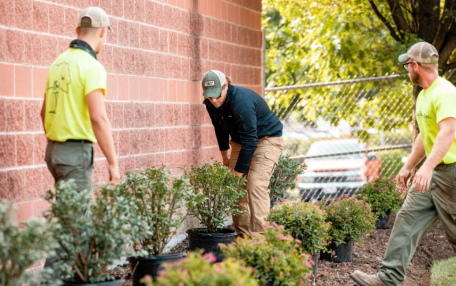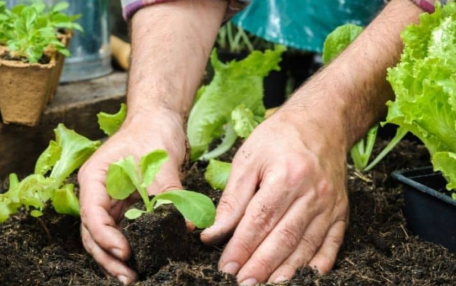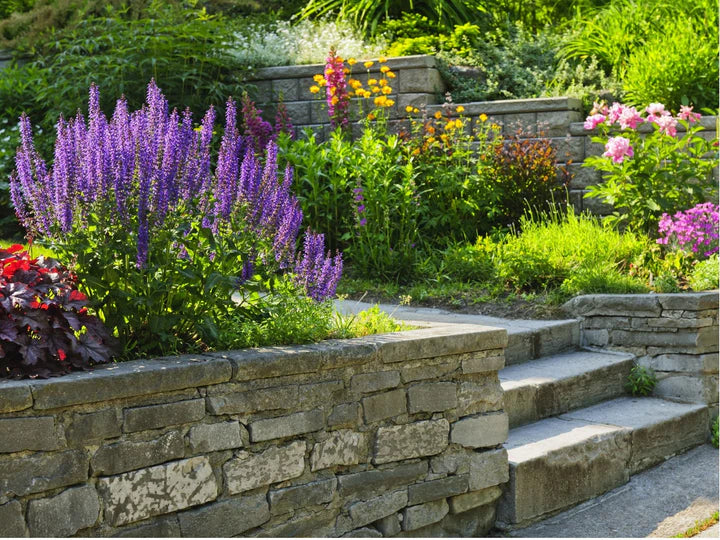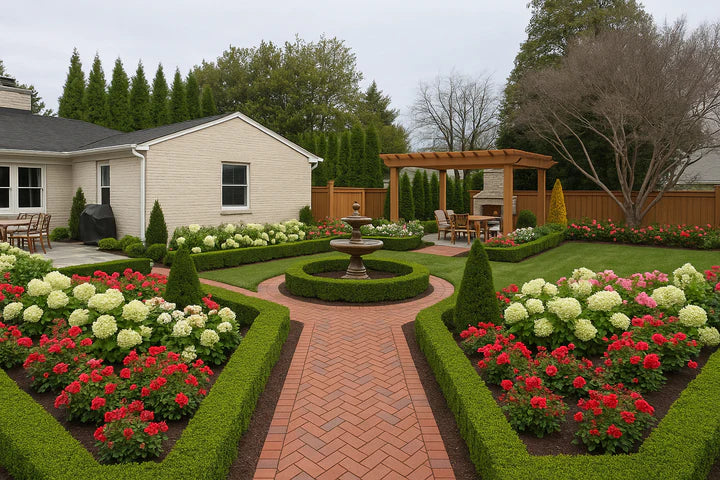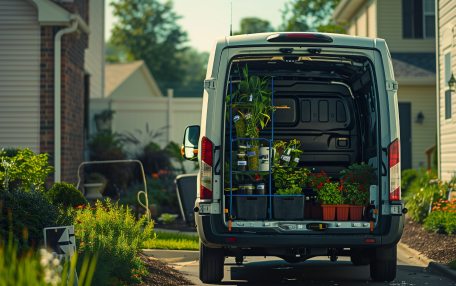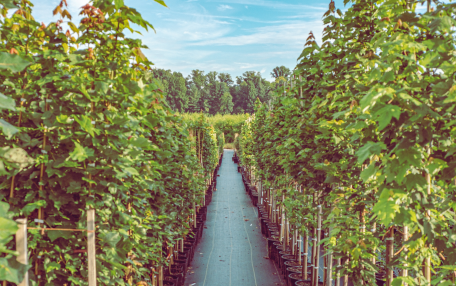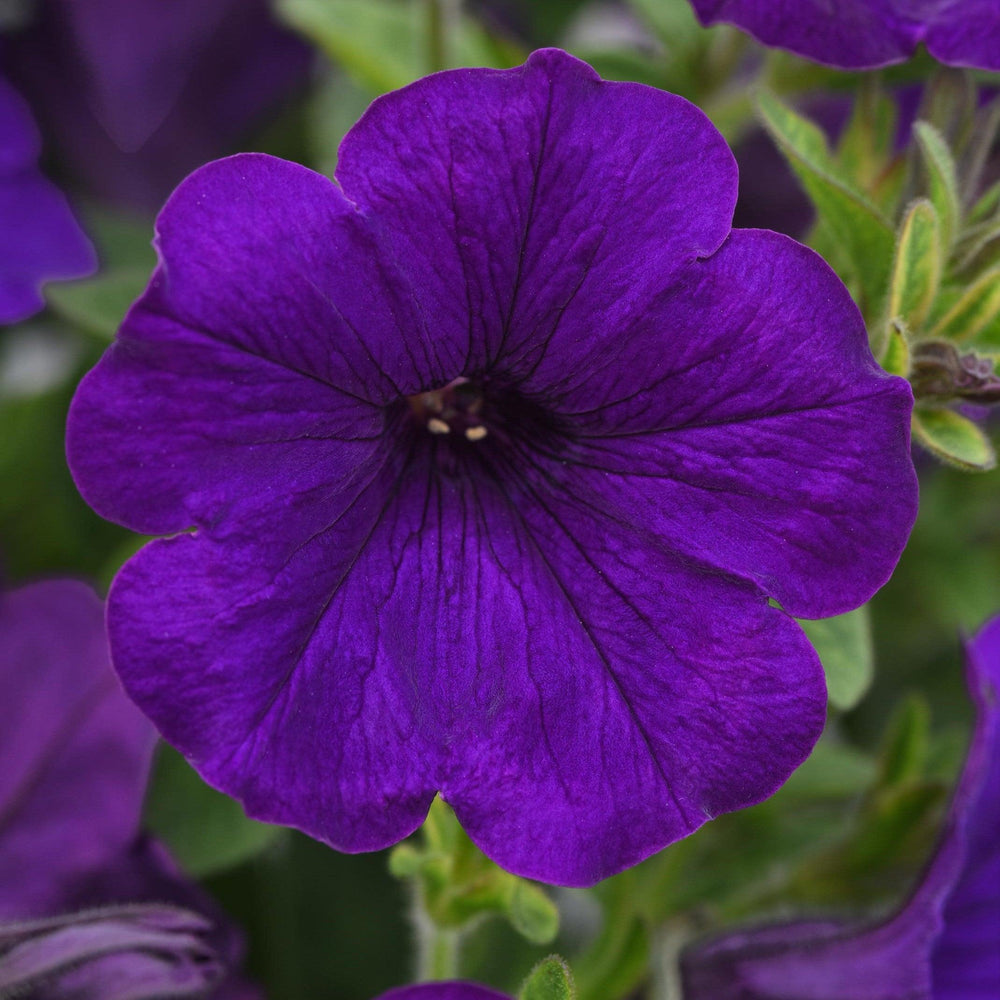Gorgeous Variegated Foliage: Abelia x Grandiflora ‘Kaleidoscope’ Abelia
If you're looking for a plant that adds a dramatic pop of color to your Georgia garden, then Monrovia’s Abelia x grandiflora Kaleidoscope Abelia is just what you need!
This stunning plant features striking variegated foliage that changes color throughout the year. Keep reading to learn more about this beautiful shrub and how to grow and care for it in your own garden.
Introduction to Abelia x Grandiflora ‘Kaleidoscope’

IMAGES: Servescape, Kaleidoscope Abelia
Abelia x grandiflora ‘Kaleidoscope’ is a hybrid plant that was first introduced in the U.S. during the 1990s. It was created by crossing Abelia chinensis and Abelia uniflora.
Origin and History
Abelia chinensis is a native of China and is commonly known as Chinese Abelia. It is a deciduous shrub that can grow up to 6 feet tall and wide. Abelia uniflora, on the other hand, is a native of Mexico and is commonly known as Mexican Abelia. It is an evergreen shrub that reaches 2-3 feet tall and 3-4 feet wide.
Kaleidoscope Abelia was created to combine the best features of both parent plants. The result is a stunning shrub with variegated foliage that changes color throughout the year.
Unique Features
The most unique feature of Kaleidoscope Abelia is its foliage, which changes color throughout the year. In spring, the new growth emerges bright yellow with green centers, which gradually change to a golden yellow as the season progresses. In summer, the foliage turns green with creamy white margins, and in fall, it takes on hues of orange and red.
Aside from its ever-changing foliage, Kaleidoscope Abelia is also known for its attractive bell-shaped flowers. The flowers are small, about 1/2 inch long, and bloom in clusters from late spring to early fall. They are usually white or pink in color and have a sweet fragrance that attracts bees and butterflies. In autumn, the leaves turn to a purplish-bronze hue.
This shrub is also easy to care for and can tolerate a wide range of growing conditions. It prefers well-draining soil and can grow in full sun or partial shade. It is also drought-tolerant and can withstand periods of dry weather.
Characteristics of Variegated Foliage

Color Patterns and Changes
Plants with variegated foliage, like Kaleidoscope Abelia, have leaves that are marked by areas of different colors. These areas may be stripes, spots, or even entire sections of the leaf. The colors can vary from plant to plant, as well as from season to season.
Variegated plants, in general, add visual interest to your garden and can create a focal point. They are great for breaking up areas of large expanses of green foliage. With Kaleidoscope Abelia, you get the added bonus of color changes throughout the year to keep your garden looking fresh and exciting.
For example, in the spring and summer, the leaves of the Kaleidoscope Abelia are variegated with bright yellow centers and green edges. As the temperatures cool in the fall, the leaves take on a pinkish hue. And in the winter, the leaves turn a deep purple color, adding a pop of color to an otherwise dreary landscape.
Benefits of Variegated Leaves
Aside from the aesthetic appeal of variegated leaves, they can also have some practical benefits. Plants with variegated foliage are often more tolerant of shady areas than their non-variegated counterparts. The different colors on the leaves can also serve as a form of camouflage, making it more difficult for pests to find and attack them.
Additionally, some variegated plants are less prone to leaf burn and heat stress, making them perfect for growing in hot climates or areas with a lot of direct sunlight.
For example, the Japanese Painted Fern, a common variegated plant species, is known for its ability to thrive in shady areas. Its silvery-white fronds with deep green veins add a touch of elegance to any shaded garden. And the variegated dogwood, with its cream and green leaves, is a great option for hot climates as it is more resistant to leaf scorch than its non-variegated counterparts.
Common Variegated Plant Species
Variegated foliage can be found in many different plant species, including trees, shrubs, and perennials. Some common examples of variegated plants include Japanese painted ferns, variegated dogwoods, and hostas.
Hostas are a popular choice for gardeners due to their low maintenance and wide range of leaf colors and patterns. From blue-green leaves with white edges to bright yellow leaves with green centers, there is a hosta variety to suit any garden design.
Another popular variegated plant is the variegated weigela. With its pink and white flowers and green and yellow leaves, it adds a burst of color to any garden. And the variegated boxwood, with its cream and green leaves, is a great option for adding structure and texture to a garden design.
Growing and Caring for Abelia x Grandiflora Kaleidoscope Abelia

Ideal Growing Conditions
Kaleidoscope Abelia is a versatile plant that can be grown in a variety of conditions, making it a popular choice for gardeners of all levels of experience.
When it comes to growing Kaleidoscope Abelia, there are a few key things to keep in mind. First, this shrub prefers full sun to partial shade and well-drained soil. It can tolerate some drought once established, but it still needs regular watering during dry spells. If you live in a particularly dry area, you may need to water your Kaleidoscope Abelia more frequently to keep it healthy and thriving.
In addition to its water and light requirements, Kaleidoscope Abelia is also hardy in zones 6-9. This means that it can tolerate a range of temperatures and weather conditions, making it a great choice for gardeners in many different parts of the country.
Pruning and Maintenance
As with most shrubs, regular pruning and maintenance are essential to keep Kaleidoscope Abelia healthy and looking its best. Prune the shrub in late winter or early spring before new growth starts to emerge. This helps to control the overall size of the plant and keeps its shape in check. Dead or diseased branches should also be removed as they appear.
When pruning your Kaleidoscope Abelia, be sure to use clean, sharp tools to avoid damaging the plant. You may also want to wear gloves to protect your hands from thorns or other sharp parts of the plant.
Common Pests and Diseases
Kaleidoscope Abelia is relatively pest and disease-resistant, making it a low-maintenance choice for gardeners. However, there are a few pests and diseases that can affect this shrub if proper care is not taken.
One common pest that can affect Kaleidoscope Abelia is scale insects. These small insects can be found on the undersides of leaves and can cause yellowing or wilting of the plant. To control scale insects, you can use insecticidal soap or neem oil.
Another pest that can affect Kaleidoscope Abelia is spider mites. These tiny pests can be difficult to spot, but they can cause damage to the plant if left unchecked. To control spider mites, you can use insecticidal soap or neem oil.
Finally, excessive moisture can lead to fungal diseases in Kaleidoscope Abelia. To avoid this, be sure to plant your shrub in well-drained soil and avoid overwatering. If you notice any signs of fungal disease, such as yellowing or wilting leaves, be sure to remove affected branches and treat the plant with a fungicide.
By following these tips for growing and caring for your Kaleidoscope Abelia, you can enjoy a beautiful and healthy shrub for years to come.
Landscape Design Ideas with Abelia x Grandiflora Kaleidoscope Abelia
Creating a Focal Point
Kaleidoscope Abelia's unique foliage makes it an excellent candidate for creating a focal point in your garden. Plant it in a prominent spot where it can be easily seen. Pair it with non-variegated plants to create contrast or with other variegated plants with complementary colors to create a striking display.
Complementary Plant Pairings
Monrovia’s Kaleidoscope Abelia pairs well with many different types of Monrovia-grown plants. Consider planting it with other sun-loving shrubs like butterfly bushes, hydrangeas, and Spirea. You can also pair it with perennials like coneflowers, black-eyed Susans, and daylilies for a burst of color.
Container Gardening with Abelia
If you have limited space, Kaleidoscope Abelia can also be grown in containers. Plant it in a large pot with well-drained soil. Make sure the pot has drainage holes to prevent the roots from becoming waterlogged. Pair it with other variegated plants or trailing annuals for a colorful and dramatic display.
In conclusion, Monrovia’s Kaleidoscope Abelia is an eye-catching plant with variegated foliage that changes color throughout the year. It's easy to grow and care for, making it an excellent choice for gardeners of all skill levels. Whether you plant it in a garden bed or a container, this beautiful shrub will add an impressive display of color to any landscape.

Click here if you’d like to purchase this plant.
If you need any advice or tricks/tips in creating the garden of your dreams, we are here to make those dreams come true! Connect with us here, or chat with us via the chat button on the bottom of any page on our website.
To create a landscape that gives you joy every time you walk out your door or look out your window, it’s important to have a design plan in place. Learn more about our elite Designer Marketplace platform, which allows you to select easily from a list of expert landscape designers, landscape architects, and more.
Click here to view more plants from the beautiful Monrovia® collection.

